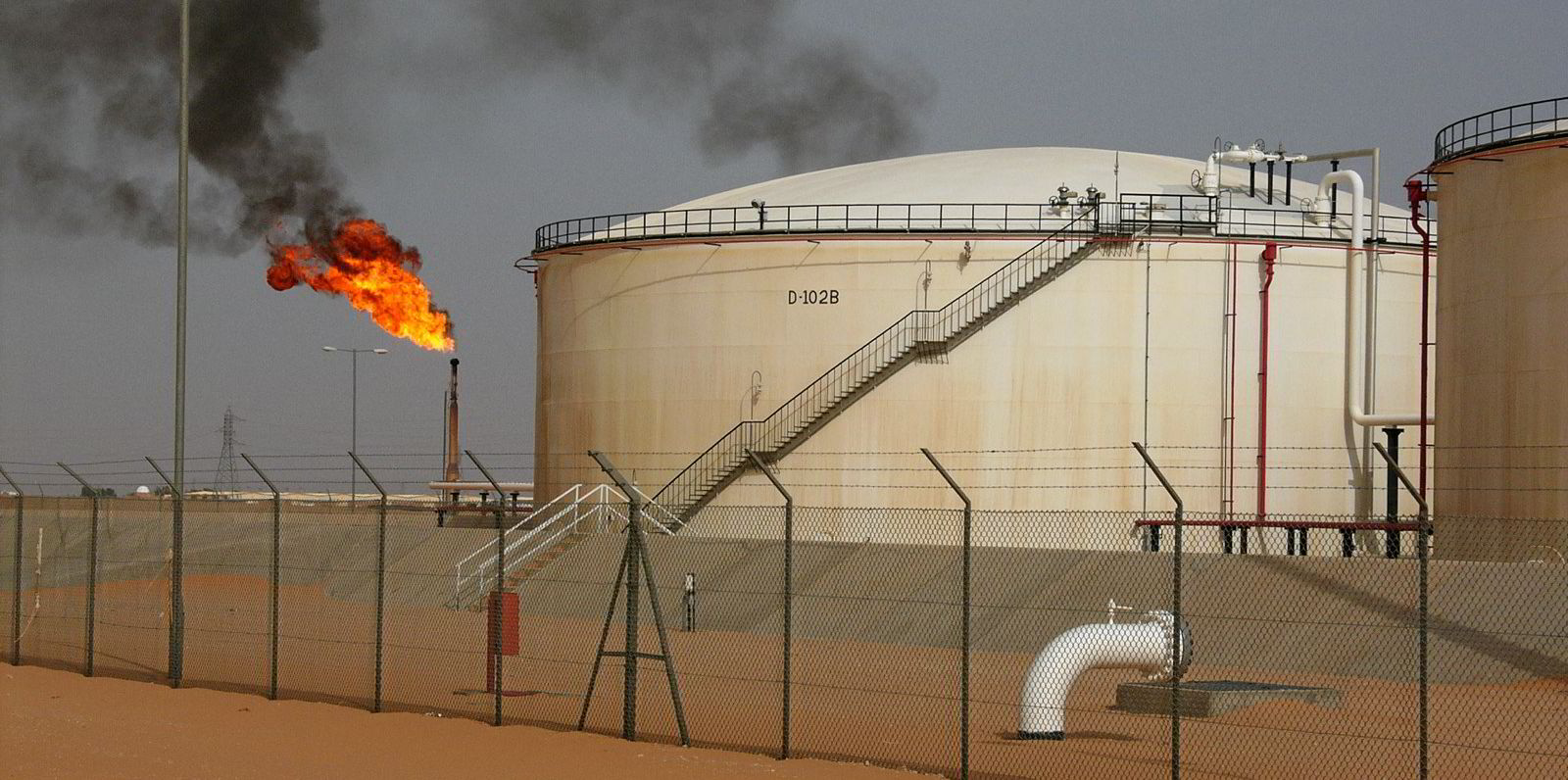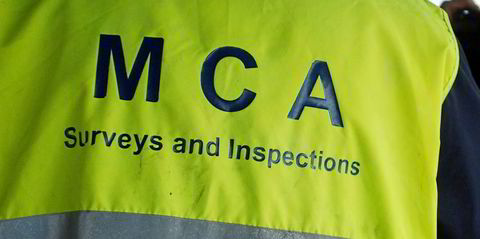Planned crude production rises in Libya could be a shot in the arm for aframax tankers, but ongoing political uncertainty is holding the country in stasis.
This is the view of UK shipbroker Gibsons, which said instability since the civil war in 2011 is hampering foreign investment in the oil industry.
“If Libya can successfully pull off planned production increases, then this will offer a major boost for aframaxes in the region and in turn support routes such as the cross-Mediterranean trade,” Gibsons said.
“However, Libya has a long way to go in regaining its position as a major crude exporter and will require reform and political stability for this to happen. Both of which require a long-term political solution.”
Libya has the ninth-biggest oil reserves in the world, estimated at 48.4bn barrels.
Prior to the civil war, daily output was 1.6m barrels per day (bpd).
Since then production has failed to return to this level, apart from a brief period when it hit 1.55m bpd once in September 2012.
This reflects the ongoing political instability in the country, as competing factions fight for control of the country’s valuable oilfields operated by National Oil Company.
The Mediterranean aframax market traditionally has been an important facilitator of Libyan exports, although recent years have seen their share of exports go towards Eastern-bound suezmax tonnage, Gibsons said.
Since 2015, the aframax market share has averaged 68% versus 32% for suezmaxes, but fell to 62% from 2018 onwards as suezmaxes became more popular.
Aframaxes bouncing back
“However, this year aframax share has bounced back to 70% in January and 81% in February, indicating a growing appetite for tonnage for Libyan cargoes as increasing volumes are shipped across the Mediterranean to France, Spain, and Turkey,” the broker said.
“Regional players will hope this is the start of a longer-term trend and not due to short-term factors such as refining maintenance/seasonal demand,” Gibsons said.
International Energy Agency data indicates Libya’s 2021 output averaged 1.1m bpd.
And a gradual increase in output levels is expected to be achieved.
But the recently postponed election and appointment of a second prime minister in the eastern region casts uncertainty over the ability to maintain stability, the shipbroker argues.
Boosting production to the targeted 1.45m bpd by the end of 2022 and 1.6m bpd by 2023 remains uncertain, Gibsons said.
Investment of more than $20bn is needed to reach these targets, but overseas money is reluctant to move in, the company added.




